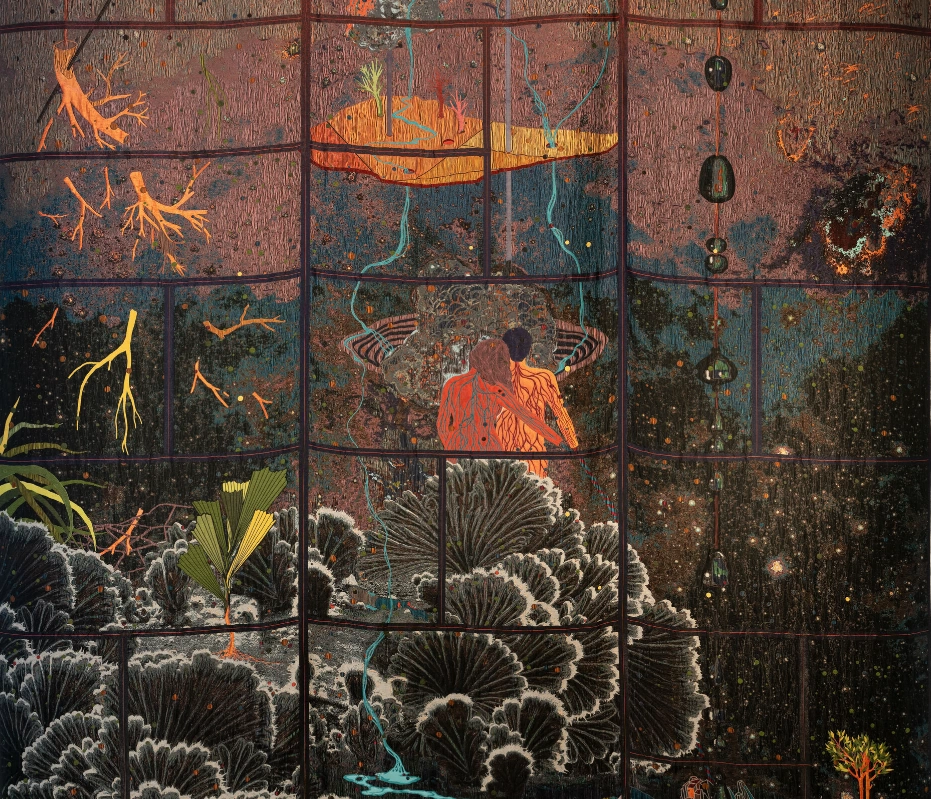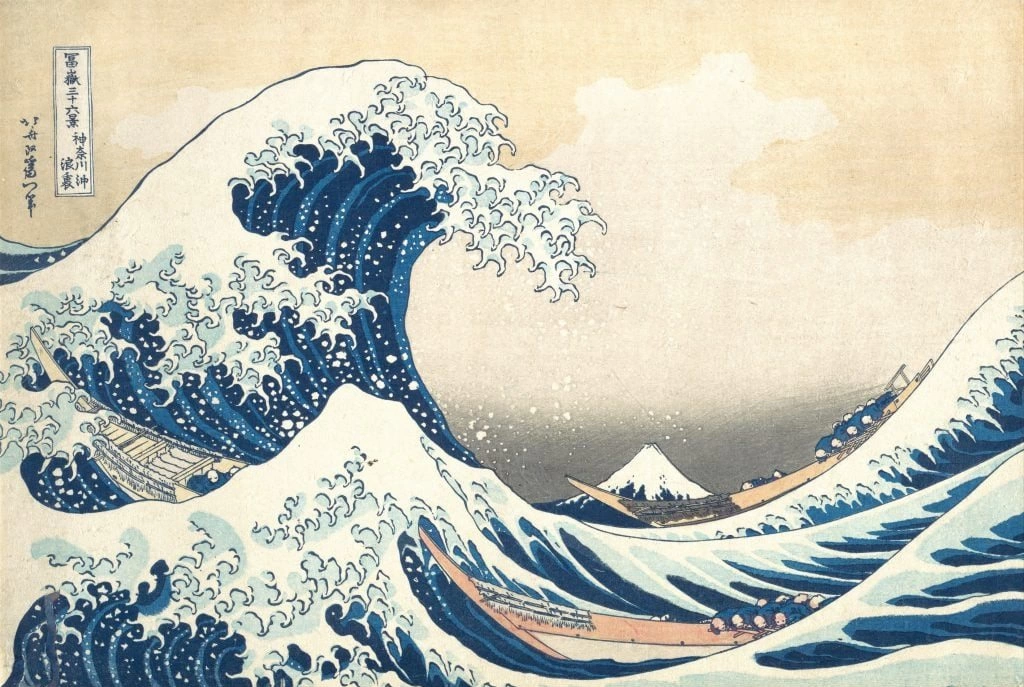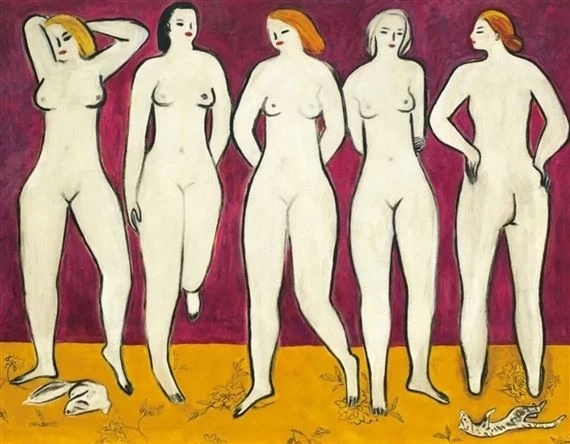A large cloisonné enamel bowl on copper, finely decorated on the central rim with green bamboo stems and leaves on a light grey background, the base decorated with a garland of sacred bamboo, the neck decorated with cherry blossoms. The base and neck opening are set in silver. Two white enamelled imperial chrysanthemums with gold borders on either side. Stamp of Hattori Tadasaburo on the base.
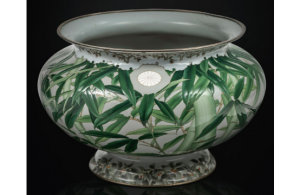
38 cm Dim. 21,5 x 40 cm
(Chips on the neck, on the body and on the base)
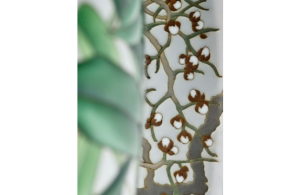
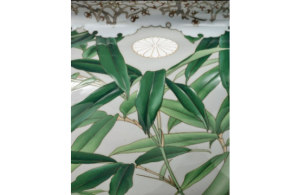
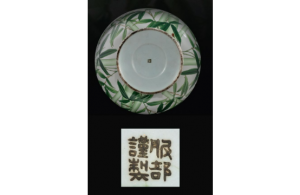
Large moriage on a copper bowl, finely decorated green stems and bamboos leaves on the central rim against a light grey background. The base is decorated with a garland of sacred bamboos and the neck is highlighted by blossoming cherry tree branches. The base and the rim are mounted with silver. Two white and gold chrysanthemum adorn the neck. Hattori Tadasaburo seal on the base.
Hattori Tadasaburo (?-1939) was known as one of Japanese’s cloisonné-enameling masters of his time; excelling in a wide range of techniques and styles.
Exposition Universelle. Hattori presented his first piece at Saint-Louis in 1904, at the Louisiana Purchase Exposition.
He was somewhat compared to Ogata Korin, for which he demonstrated an artistic connection with. He adopted “Korin” as his art name and used Shippo Korin as his shop name in Tokyo.
This influence is noticeable in the delicacy and shades of enamel, creating a subtle three-dimension effect on bamboo leaves.
Hattori, among Ando (who was another cloisonné master), was a purveyor for the imperial house (Goyotatsu). This distinctive feature is indicated by two chrysanthemum, symbol of the imperial family.
A number of his work can be found in some museum collections; such as the Metropolitan Museum of New-York, the Victoria & Albert Museum of London and even in private collections; like the Khalili Collection.
Source: Auguttes



